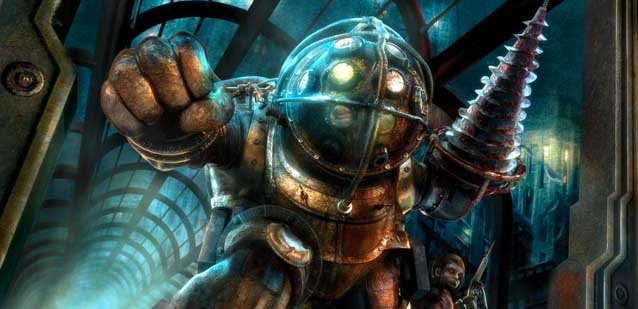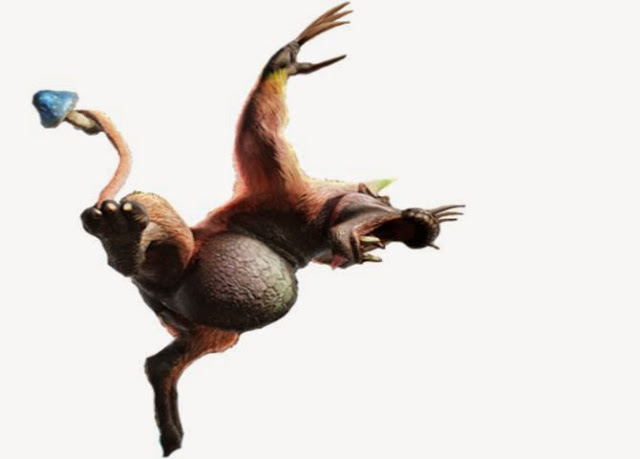

“Just wait for Monster Hunter.” Ever heard that phrase before? If so, it’s likely you’ve been on a Vita discussion board or forum thread before. While the Vita isn’t in the best place right now, many are quick to suggest that the system just needs more games, with Monster Hunter being the franchise that will sell Sony’s handheld in Japan. Until then, we have Ragnarok Odyssey.
Taking cues from Capcom’s Monster Hunter franchise, and an art style similar to Level 5’s White Knight Chronicles series, Ragnarok Odyssey is a quest based adventure game, wherein the player is tasked with bringing down various monsters. On paper, this may fill the player’s imagination with a sense of wonderment, but in reality, it’s actually pretty boring.
Upon starting the game, players will have to create their character, using quite an expansive list of features. Players can customize the physical appearance of their character(s) in a multitude of ways. There are also six classes to choose from, these being Sword Warrior, HammerSmith, Assassin, Cleric, Hunter and Mage. Each class comes with its own advantages and disadvantages; the HammerSmith, for example, is able to dole out plenty of damage but at the cost of maneuverability. The Sword Warrior is the most balanced of the five classes, whereas the Hunter can be utterly useless. Thankfully, classes can be swapped out at any time without punishment.
Perhaps one design choice players will appreciate comes in the form of narrative. It’s up to the player to experience the story, and the game will never force it into quests. The story is typically told through discussion with NPCs, however if the player chooses not to interact with any other characters they can gloss right over the narrative and hop straight into the experience. Unfortunately, the story itself is rather shallow, and that comes at a cost.
Quests in Ragnarok Odyssey revolve around two key objectives: killing a certain amount of monsters, and finding a certain amount of items (usually acquired by killing a certain amount of monsters). And…that’s really it. Aside from the two quest types, there’s not really much to do. At certain points in the story, a Siege quest will open up, which tasks the player with defending a gate from one strong monster. However, these quests are few and far between, leaving players to repeat similar objectives over and over again.
Ragnarok Odyssey suffers from a lack of forward momentum, whether that be from a practically non-existent story or just a lack of variety between quest types. It could be said that this style of game lends itself well to the portable ecosystem, where players will engage in short bursts rather than hour long game sessions; but even then the game is underwhelming. And it’s a shame too, as the core gameplay is quite fun.
Combat in Ragnarok Odyssey is simple yet satisfying. Attacks are mapped to the triangle button, with the circle button used to launch enemies into the air or send them flying across the screen. It a simple system, yet it proves to be enjoyable throughout the course of the game. Commands are smartly mapped to the right side of the touchscreen, and are placed in easy to reach locations. Using the touchscreen, the player can efficiently access potions or chat options, all without interrupting the experience.
That’s not to say the game’s combat is perfect by any means, especially when it comes to the enemy AI. Monsters can attack the player with overwhelming might, sometimes falling into unbreakable combos that can absolutely devastate the player. And with only three lives per quest, it can become quite frustrating to tackle some of the later missions solo.
Typically in these cases, it would be suggested that the player grind easier levels to increase stats. A worthwhile tactic, would it be that Ragnarok Odyssey actually bared any similarity to a JRPG. The player’s stats only increase at the end of chapters, and aside from that the only way to boost stats is to pick up cards dropped by enemies or sold by vendors. It’s an interesting gameplay mechanic, but even with the right cards players may still find themselves forced to head online for extra help.
Making their way to the tavern, the player can engage in harder versions of quests. These typically involve raising the clear requirements, such as killing 15 Flame Giants rather than eight. It also opens up Ragnarok‘s online modes, which prove to be quite a bit of fun. By hopping online, the player can clear quests with up to four other players. The game’s fun factor easily increases when played with more people, as the difficulty sharply decreases. The online, much like the rest of Ragnarok Odyssey, is far from perfect however, as it does suffer from a few issues.
There isn’t much latency when playing online, however, it is a common criticism that the game can stutter at points, even freezing for a few seconds while engaged in online quests. This is quite surprising, as the game itself runs quite smoothly in singleplayer, with load times even cut to a minimum. Issues aside, the online is largely the same as the core Ragnarok experience, except with more players. Thankfully, multiplayer can be played on both wifi and ad-hoc connections, allowing players to enjoy the game’s online offerings without being forced to find friends with the game.
At its whole, Ragnarok Odyssey is a fun, quest based experience that’s brought down by its lack of forward momentum. The core gameplay is great, the card system is an interesting new take on stats, and the online mode is fun. The game itself is just too repetitive, and lacks the variety or narrative necessary to truly set it apart. At the most, its an enjoyable distraction for those small breaks portables were built for, but anyone looking for a deeper experience might want to wait for a deeper JRPG.
Ragnarok Odyssey is available now for the PlayStation Vita.
–
Follow me on Twitter @AnthonyMole.



